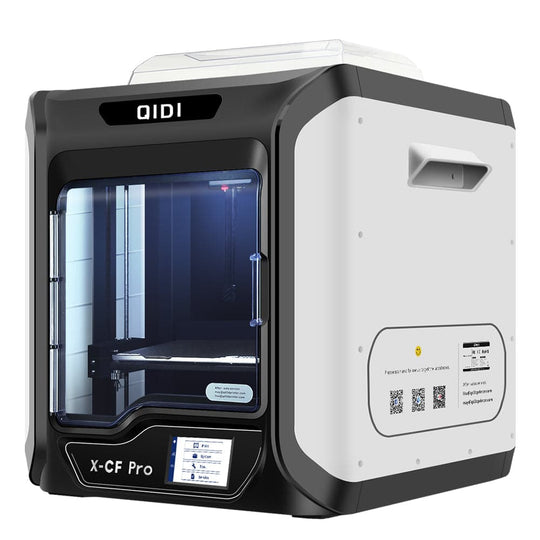In recent years, FDM 3D prints have emerged as a game-changer in the manufacturing sector. Fused Deposition Modeling (FDM) is a popular 3D printing technology that builds objects layer by layer using thermoplastic materials. This innovative approach not only enhances production efficiency but also opens up new avenues for creativity and customization.

Understanding FDM 3D Printing
What exactly is FDM 3D printing? This technology involves the extrusion of melted thermoplastic filament through a heated nozzle. The filament is deposited in precise patterns, gradually forming a three-dimensional object. The process is relatively straightforward, making it accessible for both hobbyists and professionals alike.
Key Advantages of FDM 3D Prints
- Cost-Effectiveness: FDM 3D printing is one of the most affordable methods available, especially for prototyping.
- Material Variety: A wide range of thermoplastic materials can be used, including PLA, ABS, and PETG, each offering unique properties.
- Ease of Use: Many FDM printers are user-friendly, allowing for quick setup and operation.
- Customization: The technology enables the creation of bespoke designs tailored to specific needs.
Applications of FDM 3D Printing in Manufacturing
The versatility of FDM 3D prints has led to their adoption across various industries. For instance, in the automotive sector, manufacturers utilize FDM technology for rapid prototyping, allowing them to test designs before mass production. Similarly, in the aerospace industry, lightweight components can be produced, enhancing fuel efficiency.
Moreover, FDM 3D printing is making waves in healthcare. Custom prosthetics and dental devices can be manufactured with precision, improving patient outcomes. The ability to create complex geometries that traditional manufacturing methods cannot achieve is a significant advantage.
Future Trends in FDM 3D Printing
As technology continues to evolve, the future of FDM 3D printing looks promising. Innovations such as multi-material printing and improved software for design optimization are on the horizon. These advancements will likely enhance the capabilities of FDM printers, allowing for even more intricate designs and applications.
Furthermore, sustainability is becoming a focal point in manufacturing. The development of biodegradable filaments and recycling initiatives for thermoplastics will contribute to a more eco-friendly approach to FDM 3D prints.
Conclusion: Embracing the FDM 3D Printing Revolution
In conclusion, the revolution of FDM 3D printing is transforming the manufacturing landscape. Its cost-effectiveness, versatility, and ability to produce customized solutions make it an invaluable tool for various industries. As we look to the future, embracing these advancements will be crucial for staying competitive in a rapidly changing market.
For those interested in exploring high-quality FDM 3D prints, consider checking out for a range of options that cater to both beginners and professionals.








